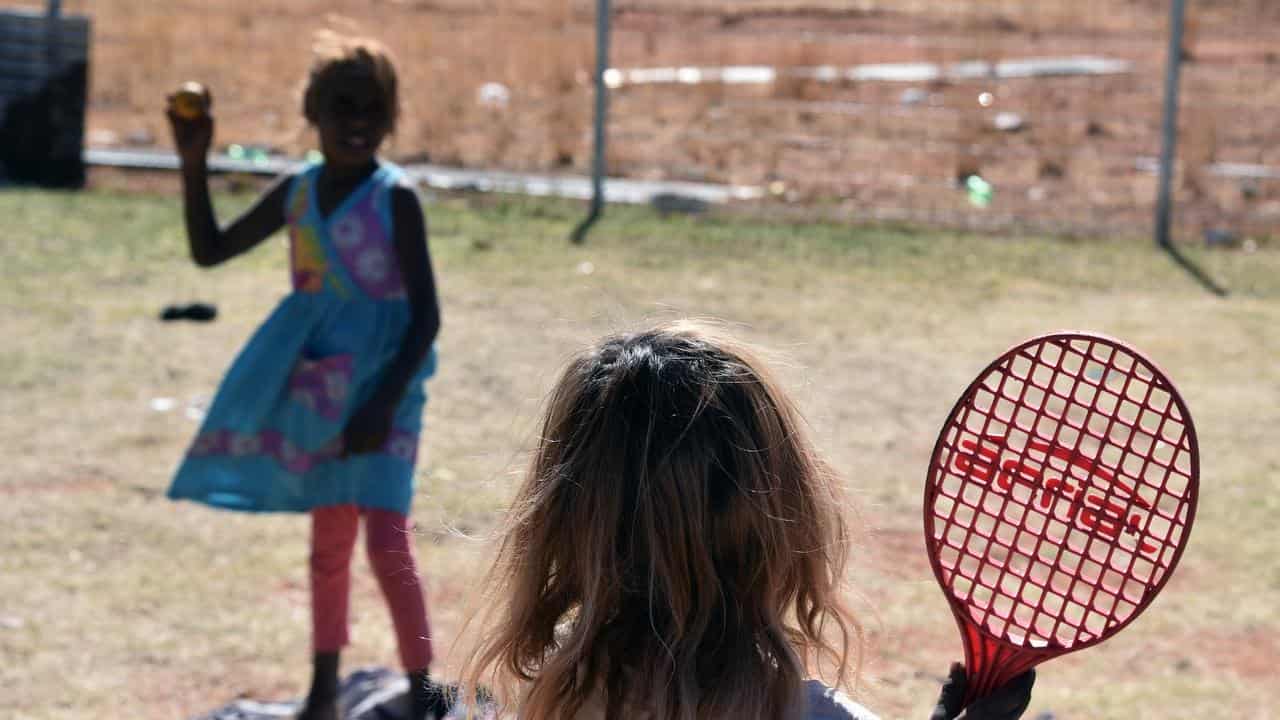
Latest data on overcoming Indigenous disadvantage shows it's time to take a different approach, Minister for Indigenous Australians Linda Burney says.
Progress on Closing the Gap is over-achieving in a few areas but going backwards in others, according to figures released by the Productivity Commission on Wednesday.
Ms Burney said if the referendum on a First Nations voice was successful later this year, it would help to close the gap.
"Because we know that listening to communities leads to better outcomes that improve people’s lives," she said.
“We are committed to improving the lives of Aboriginal and Torres Strait Islander peoples and closing the gap, which is only possible through strong partnerships with the Coalition of Peaks, state and territory governments and ultimately a voice to parliament.”
The data shows only four of the 19 Closing the Gap targets are on track to be met: preschool enrolment, youth detention, employment and land subject to Aboriginal and Torres Strait Islander people’s legal rights or interests.
Of the four targets on track, three had annual improvements that were close to double what is needed to meet the target in future.
Only 15 of the 19 targets can be measured.
Productivity Commissioner Romlie Mokak said progress had been made towards a further seven targets, but not at the level required for them to be met on schedule.
“It is encouraging to see some progress in areas such as education and training and that overcrowding in housing has been reduced,“ he said.
“But progress needs to accelerate if the targets are to be met in these areas.”
If the recorded annual improvement continues in land subject to Indigenous people's interests, the target will be exceeded by 2026, five years ahead of schedule.
Reported rates of preschool enrolment rose every year since the baseline and the final target value, to be met in 2025, has been exceeded.
With these improvements, Aboriginal and Torres Strait Islander children are now more likely to be enrolled in preschool than non-Indigenous children.
While most of the targets have moved in the right direction, four targets showed areas that were getting worse for Indigenous people.
Fewer children are developmentally on track when starting school and the rates of children in out-of-home care, adults in prison and people dying by suicide have all increased.
Nationally in 2021, 34.3 per cent of Indigenous children starting school were assessed as being developmentally on track, a decrease from 35.2 per cent in 2018 (the baseline year).
The decline means the national target of 55 per cent is not on track to be met and the gap to non-Indigenous children has widened.
Assistant Minister for Indigenous Australians Malarndirri McCarthy said overall the gap wasn't closing fast enough - but a successful referendum for a voice would help.
“These aren’t just statistics – every single number is a human being," she said.
"We can only turn the tide on Closing the Gap if we give communities a genuine say in developing solutions now and into the future.”




